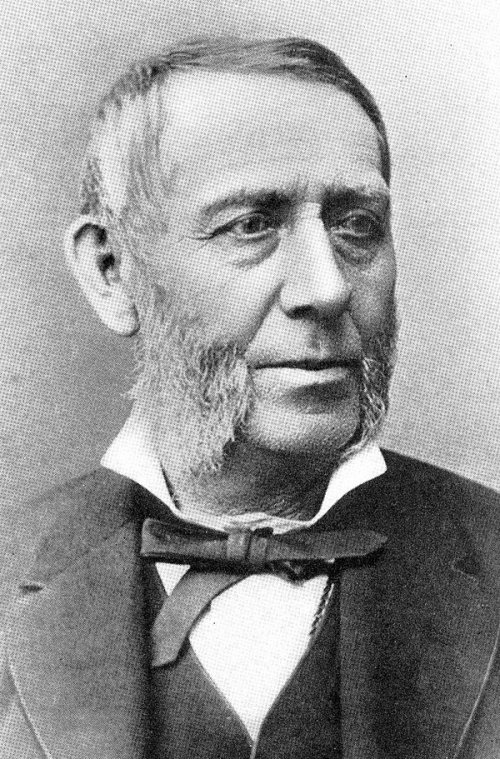|
A
brilliant Maryland-born farm lad of Scotch-Irish ancestry who was trained as a
lawyer in Ohio named Sam Kirkwood came to Iowa City in 1855 to become arguably
Iowa’s most beloved politician.
While
Iowa’s “war governor” from 1860 to 1864, he even pledged his personal
assets to pay for outfitting Iowa troops for service during the Civil War.
As
Iowa governor, Kirkwood befriended president-elect Abraham Lincoln since they
shared visions of a nation without slavery. Some claim Kirkwood’s brief
speeches focusing common sense and logic influenced Lincoln in writing his
Gettysburg address.
Kirkwood
later would deliver a moving funeral eulogy to Lincoln on the east steps of
Old Capitol.
In
Ohio, Kirkwood met and was married in 1843 to Jane Clark, born in 1821 and
eight years his junior. She was raised in a close-knit family of 10 children,
and although she would bear none herself, she helped raise nieces and nephews
in Iowa City where her mother, two brothers and a sister also settled.
Jane’s
brother, Ezekiel Clark, arrived in Iowa City in 1848, purchased a bankrupt
mill at Coralville, and 1,200 acres of farm ground near the mill. He entered
banking and eventually opened a general store on Washington Street across from
what is now UI’s Schaffer Hall. Clark
offered Kirkwood a partnership, and with Jane’s family ties increasingly
oriented to Iowa City, their move west followed only months ahead of the first
railroad which came during the closing moments of 1855. As state capital, Iowa
City boasted 4,000 residents. |
Governor
and Senator |
